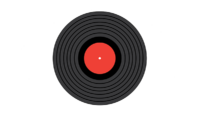Set Adrift On Memory Bliss
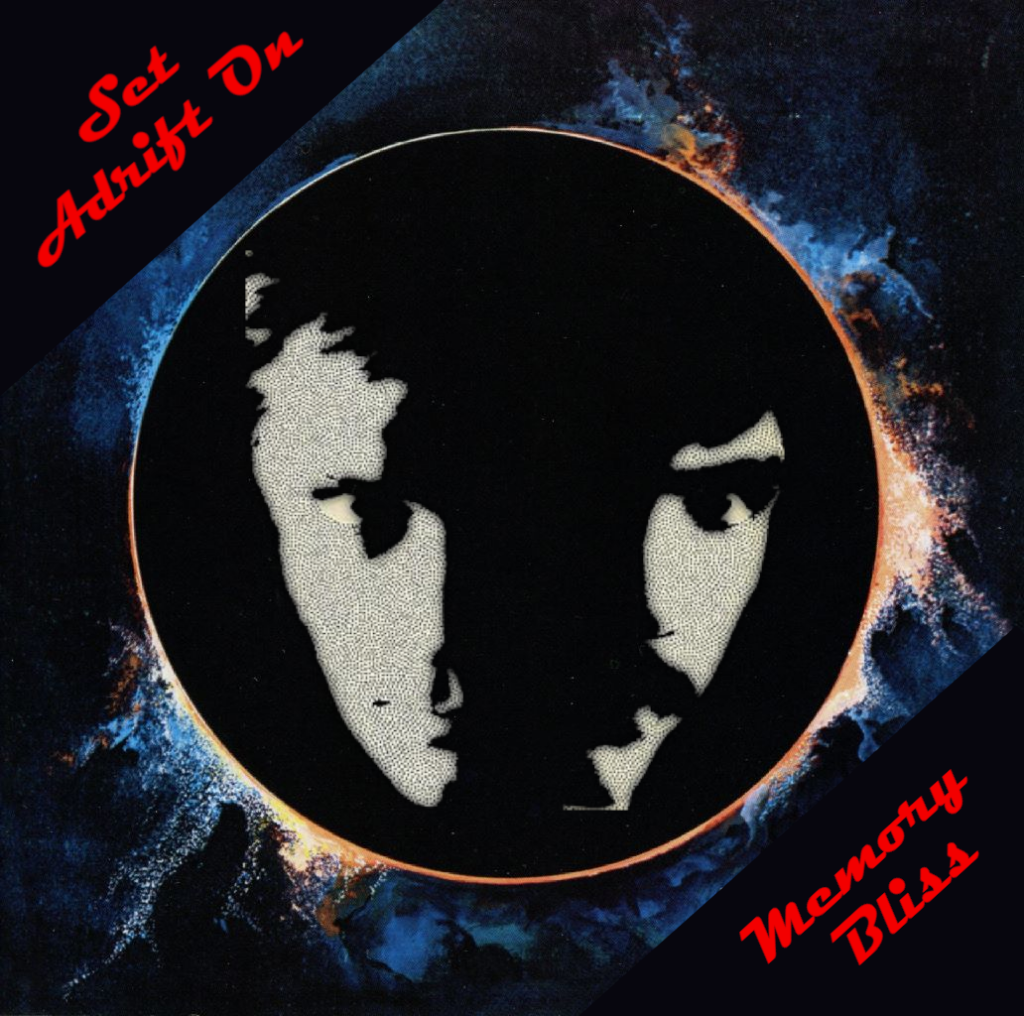
“We work and consume music during the concurrent ages of albums and categories. Albums, because the public has developed an appetite for the vehicles that showcase artists as acts – multi-dimensional entities of expression. Categories, because the media often finds it difficult to deal with the fact that real people usually have multi-dimensional musical tastes.”
It might seem strange to be begin any blog post with a slightly overblown quote lifted directly from the original sleeve notes to ‘Alessi’, the 1976 debut album by pop act The Alessi Brothers, and which contains their one big hit, ‘Oh, Lori’. But genres and categorisation are at the heart of a recent dilemma; that our tagline – Leftfield, Psychedelic & Ambient Sounds – might be a little misleading now, and not truly reflective of the range of music that we offer.
Those words from Alessi get to the point of exactly how confusing and misleading genre classification can be, and how divisive. Take pop music, for example. Some people who consider themselves to be serious music lovers would probably dismiss pop music as throwaway and not worthy of discussion, whereas psychedelia might be high on the agenda in any serious conversation about the music of the past. I’m sure a lot of music fans will have been guilty of that level of musical snobbery at times – playing down or completely ignoring the accessible brilliance of a band like Abba, whilst waxing lyrical about something as offbeat and impenetrable as Trout Mask Replica. There are, however, some artists that it’s difficult to admit to liking whilst maintaining any semblance of credibility amongst your peers, and we probably all have our favourites (or anti-favourites) in that regard. One of the most common unmentionables on that list would be Chris De Burgh.
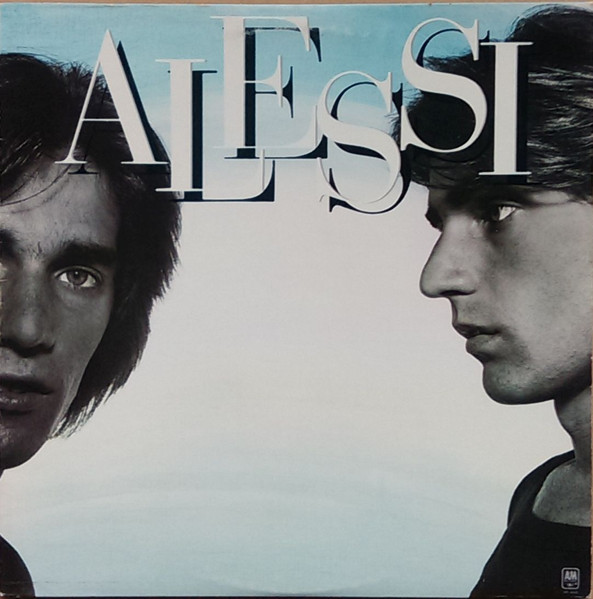
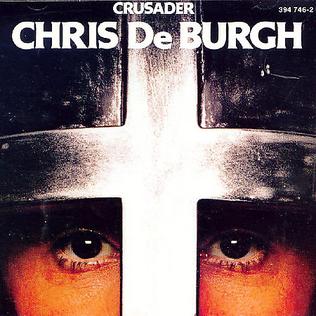
Chris was once quite a serious artist, a songwriter gaining increasing attention in the mid to late 1970’s, thanks to the likes of Spanish Train, A Spaceman Came Travelling and the whimsical Patricia The Stripper. But then he, as did so many others, fell foul of the 1980’s. Listen to Don’t Pay The Ferryman and, if you can somehow ignore the glossy, synthetic production, you might realise that there is a decent rock song buried in there somewhere, so all was not necessarily lost. But then came the big one, the song that sold by the warehouse full but is guaranteed to set teeth on edge whenever it is played; well, you know the one. What can you say – he obviously needed a big hit, or someone around him did. Naturally, and here’s the age-old mystery, it was a massive hit so clearly hundreds of thousands of people liked it enough to buy it. Although the sentiment behind the song was honourable enough, now, as then – and it’s impossible to gloss over this – Lady In Red is cast as the pantomime villain, the epitome of pop music at its most saccharine. But fast forward 25 years from its release and it briefly became the most psychedelic record ever made. Let me explain…
A while ago I posted a piece about Hypnagogic Pop, that late Noughties wave of slightly wobbly, cheaply produced, ultra lo-fi pop music that sounded vaguely like a long forgotten 70’s or 80’s Andrew Gold or Hall & Oates track, a song that you might have heard on the radio or via a mixtape when you were young, if it were played underwater or on MTV via a cheap TV buried in a compost bin. It was woozy and hypnotic – essentially a new strain of psychedelia,. It was defined by writer Will Sweeney as “…music refracted through the memory of a memory.” In that sense it was essentially a US version of Hauntology for the MTV generation. As an example of the genre, I included a video produced by Daniel Lapotin – aka Oneohtrix Point Never – called ‘Nobody Here’, which featured a brief snippet of Lady In Red, in which De Burgh sings ‘there’s nobody here’ on a continual loop to a lo-res, pixelated animation of a rainbow freeway winding toward a twilit cityscape. The effect is hallucinatory and paints the song in a whole new light. To put it simply, a song that you think you can’t stand might be a lot more likeable when put in a different context. Of course, that sort of re-framing has been at the core of with Hip Hop from day one, the best example in terms of massive hit records re-cast to create a psych-tinged pop song probably being PM Dawn’s Set Adrift On Memory Bliss – which sampled and looped the guitar hook from Spandau Ballet’s True. But the looping and repetition of Nobody Here is far more trippy.
Clearly Lady In Red isn’t really the most psychedelic record ever released at all (that happens to be I’m Not In Love – but more on that later), but Lapotins’ treatment of it re-imagined the song and in the process managed to capture that wave of wistful nostalgia that can sweep through our minds when we hear a song from our past. The effect can be particularly strong when hearing a song that we perhaps heard only occasionally on the radio. When sifting through a pile of old 45’s I often experience those moments. There are certain songs that I don’t recognise the name of but that might be sat in the middle of a collection of singles that are all instantly recognisable as big hits, so I’ll play them, one notable example being Highfly by John Miles, a single released in 1976.
When I played Highfly a while ago I knew it immediately, not to the extent that I could remember every note, far from it, but I remembered the first few lines and the lyrical hook. It’s one of those songs that would have been played on the radio a lot upon its release, but only for a short period of time whilst it flirted with the charts, and it’s probably barely been played since, certainly not on mainstream radio, unlike Miles’ much bigger hit of the time Music. The latter track still gets played, and most people will be familiar with it, even if they don’t know who it’s by, and it might evoke a whole host of different memories in the listener, relating to the times, places and situations in which they might have heard it over the years. On the other hand, listening to Highfly for the first time in so many years locked me into a sort of retro-daze, transporting me to somewhere unidentifiable in my past and forming hazy, shapeless memories of my mid-seventies childhood. In that sense it’s one of the most hauntological tracks I know.
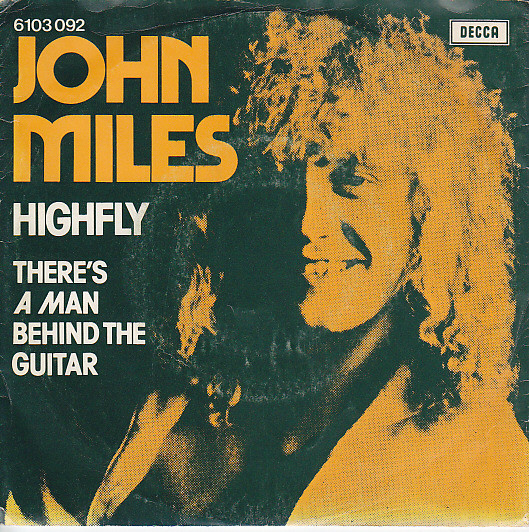
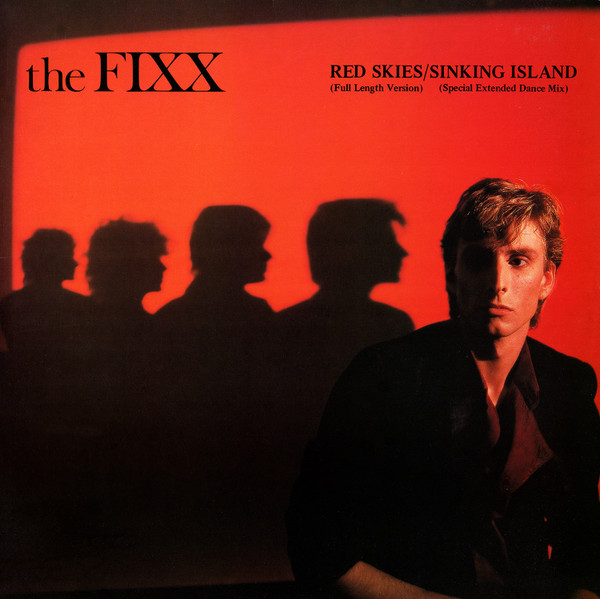
This experience is more common when hearing the most minor hits, or one-hit wonders, and classic examples for me would include Sky High by Jigsaw (1975), Send Me An Angel by Real Life (1983), Northern Lights by Renaissance (1978), and Red Skies by The Fixx (1982), as well as the aforementioned Oh Lori – so it can happen with the bigger hits too. I was at a house recently, listening to records on the owner’s hugely impressive and well-stocked jukebox. For some reason, the machine kept playing Dolce Vita by Ryan Paris (a big hit back in 1983), for which the owner apologised, but I didn’t mind at all and was only snapped out of my nostalgic reverie once the record changed. That experience perfectly illustrates one point I’m trying to make; that a song I didn’t like at all when it was being played to death in 1983, has taken on a new life for me in the intervening years – over time it has matured and taken on a whole new character, a bit like a fine wine or malt whiskey, both of which would be capable of sending us into a delirious haze. In that sense, the pop music of yesteryear has become the psychedelia of now.
And why is 10cc’s I’m Not In Love the most psychedelic song ever recorded? Well, if you take Daniel Lapotin’s lead and sample a line from an old hit record – for example the ‘Like To Get To Know You Well’ from Howard Jones’ song of the same name, or the line ‘Diamond life, lover-boy’ line from Sade’s Smooth Operator – loop them with a healthy dose of reverb, and add them to the chorused voices from I’m Not In Love, and you have a pretty good approximation of that retro-daze effect I talked about earlier. You can re-frame any number of songs that you might think of as naff or over-played in the same way. Ok, so the result might not be quite as out there and trippy as Brainticket Part I or Zeit, but hopefully you get the point.
So we’ll be sticking with the Leftfield, Psychedelic & Ambient Sounds tagline for now, because it covers a lot of bases – you could describe at least half the genres in most record shops as pop, all pop music would have been considered leftfield once, and old pop is the new psychedelia. Plus, all music is ambience of a kind, after all.
Now to get rid of that Lady In Red earworm…
